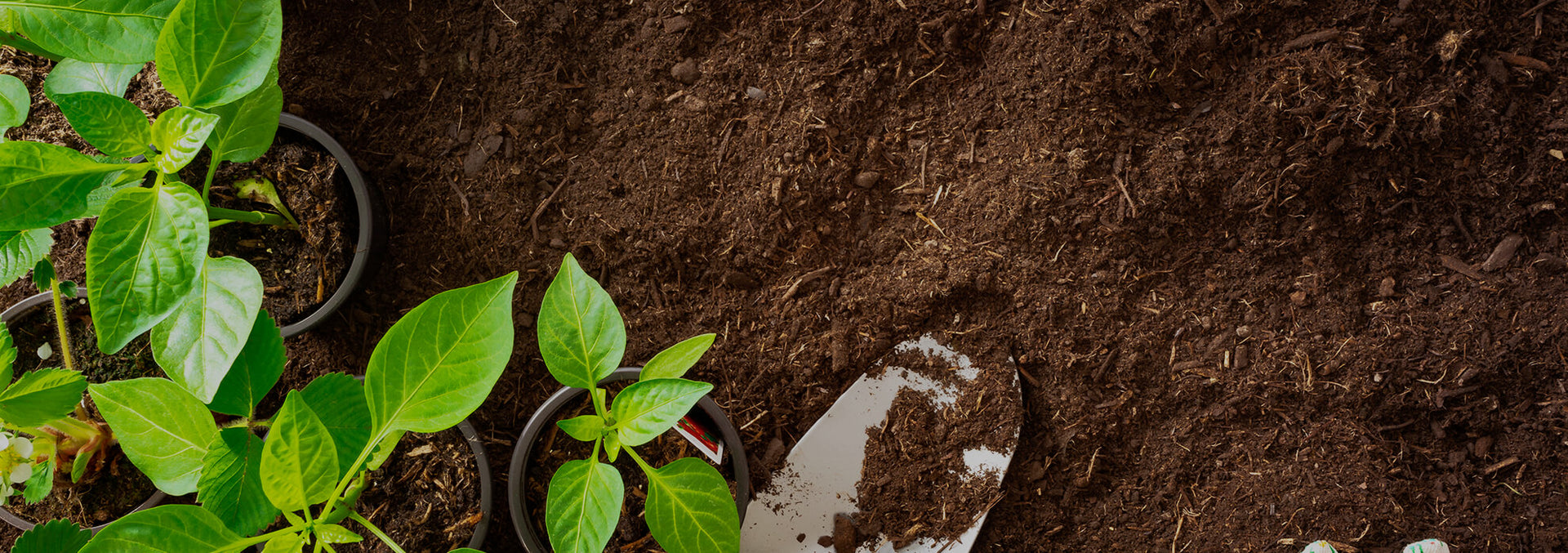March 1, 2011
According to John: Tough Love for Trees
TOUGH LOVE IS BEST FOR HEALTHY, WELL BEHAVED TREES
There is a lot of confusion and misinformation, when planting trees, regarding backfilling the planting hole with compost or other loose, rich, wood based planting mediums. Be tough, don’t do it. Planting holes should be backfilled with the same soil taken from the hole, even if soil conditions are poor. We can change that poor soil with gradual, long-term plant growth and establishment of complex microbial soil life. The best-studied arborists, soil scientists and horticultural professionals agree that amended backfill creates weakly rooted trees and plants that don’t want to leave the limits of the enriched hole. Instead, focus on using microbes, food for microbes and attractants for microbes (John & Bob’s products or equal) that won’t immediately change soil consistency and then mulch the top of the root ball and soil out to the limits of the tree canopy.
Interfaces are created when divergent soil types come in contact with each other. Backfilled soil, with organic matter added, creates an interface with the native soil that roots and water have difficulty penetrating. Failure to penetrate these interfaces is a common cause of circling roots and unsuccessful long term establishment. The one exception to this is if you are attempting to plant relatively shallow-rooted, shade plants into hot, sunny locations. Plants like azaleas and Japanese maples will sunburn in hot locations, if not coddled with a rich backfill that keeps the roots cool during hot, stressful conditions. In doing so, you are purposely creating a soil container with special conditions that your plants will not root beyond.
Planting holes should be dug no deeper than the height of the root ball. The point is to set the root ball on undisturbed soil to prevent settling. Nothing is worse for long term, healthy tree and plant establishment than subsidence of the root ball. So be tough, even if it appears you are planting on some type of hardpan layer, you should still plant on undisturbed soil. Make sure water will drain through, however; if it will not, then a deeper excavation or drilling through the hardpan layer is appropriate. The drilled holes should be thoroughly settled by using water and the passage of time. If the soil appears hard as concrete, but water will drain through, it is best to leave it undisturbed and plant right on top. It might hurt you, but it is the right thing to do. The soil hole should be dug 2-5 times the diameter of the root ball—the wider the better. Roots grow more quickly into loosened soil, thus speeding up the tree’s establishment period. Focus your well intentioned plant kindness of over excavation around the root ball, not under it.
Be smart, be tough, don’t listen to your neighbors and your garden will eventually be healthy and successful.

